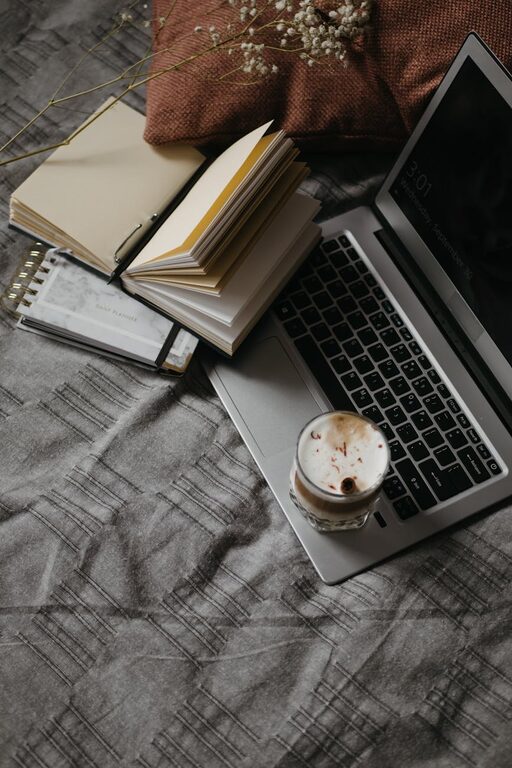Creating a productive and comfortable workspace is essential for anyone who spends hours working at a desk. Whether you are working from home, studying, or pursuing a hobby, having a well-organized and ergonomic desk setup can significantly improve your focus and reduce physical strain. In this post, we will explore practical desk setup tips that help you stay comfortable and concentrate better throughout the day.
Why a Good Desk Setup Matters
Your desk setup affects more than just your workspace aesthetics. It influences your posture, energy levels, and mental clarity. Poor ergonomics can lead to discomfort, fatigue, and even chronic pain. Conversely, a thoughtfully arranged desk promotes healthier habits and increases productivity by minimizing distractions and physical strain.
Choosing the Right Desk and Chair
Before diving into accessories and organization, focus on two key elements: your desk and chair.
Desk Height and Surface
– Choose a desk that fits your height and allows you to place your arms at a 90-degree angle while typing.
– A surface large enough to hold your essential items without clutter helps maintain order.
– Consider adjustable desks if you want options to sit or stand during the day, which can improve circulation and focus.
Ergonomic Chair
– Select a chair that supports the natural curve of your spine.
– Adjustable height, lumbar support, and comfortable cushioning are important features.
– Sit with your feet flat on the floor or use a footrest for additional comfort.
Monitor Placement for Eye Comfort
The position of your monitor and screen plays a crucial role in reducing eye strain and neck pain.
– Place the monitor about an arm’s length away.
– The top of the screen should be at or slightly below eye level.
– Use a monitor stand or stack books to adjust height.
– Position the screen to minimize glare from windows or overhead lights.
– If using a laptop, consider an external keyboard and mouse with a laptop stand to maintain proper posture.
Organizing Your Desk for Focus
A cluttered desk can distract you and reduce your ability to focus. Here are tips to keep your workspace tidy:
– Keep only essential items on your desk, such as your computer, notepad, and a pen.
– Use desk organizers, trays, or drawers to store small items like paper clips or chargers.
– Allocate a specific spot for everything you use frequently.
– Regularly declutter your workspace to prevent buildup of unnecessary items.
– Consider cable organizers to manage cords and avoid tangling.
Lighting That Supports Concentration
Good lighting is often overlooked but vital for comfort and alertness.
– Natural light is ideal; position your desk near a window if possible.
– Avoid harsh overhead fluorescent lighting that can cause eyestrain.
– Use a desk lamp with adjustable brightness and color temperature.
– Aim for balanced lighting that reduces shadows and glare on screens and documents.
Accessories That Improve Comfort and Productivity
Adding a few well-chosen accessories can enhance your desk setup.
– Ergonomic keyboard and mouse: Support natural hand positions and reduce strain.
– Wrist rests: Provide cushioning while typing or using a mouse.
– Adjustable footrest: Helps maintain proper posture and reduce leg fatigue.
– Plants or personal items: Can boost mood and provide a pleasant environment.
– Noise-cancelling headphones: Useful to reduce distractions in noisy environments.
Maintain Good Habits at Your Desk
An ideal setup runs hand in hand with healthy work habits.
– Take short breaks every hour to stand, stretch, or move around.
– Blink often and follow the 20-20-20 rule to reduce eye strain: every 20 minutes, look at something 20 feet away for 20 seconds.
– Drink water regularly to stay hydrated and maintain focus.
– Adjust your chair and desk if you feel discomfort during the day.
Conclusion
A desk setup designed for focus and comfort is an investment in your productivity and well-being. By selecting the right furniture, arranging your equipment thoughtfully, and maintaining an organized, well-lit space, you can create an environment where work feels easier and less tiring. Don’t hesitate to customize your workspace to your individual needs — small adjustments can have a big impact.
Try implementing these tips today and notice the difference in how you work and feel!


